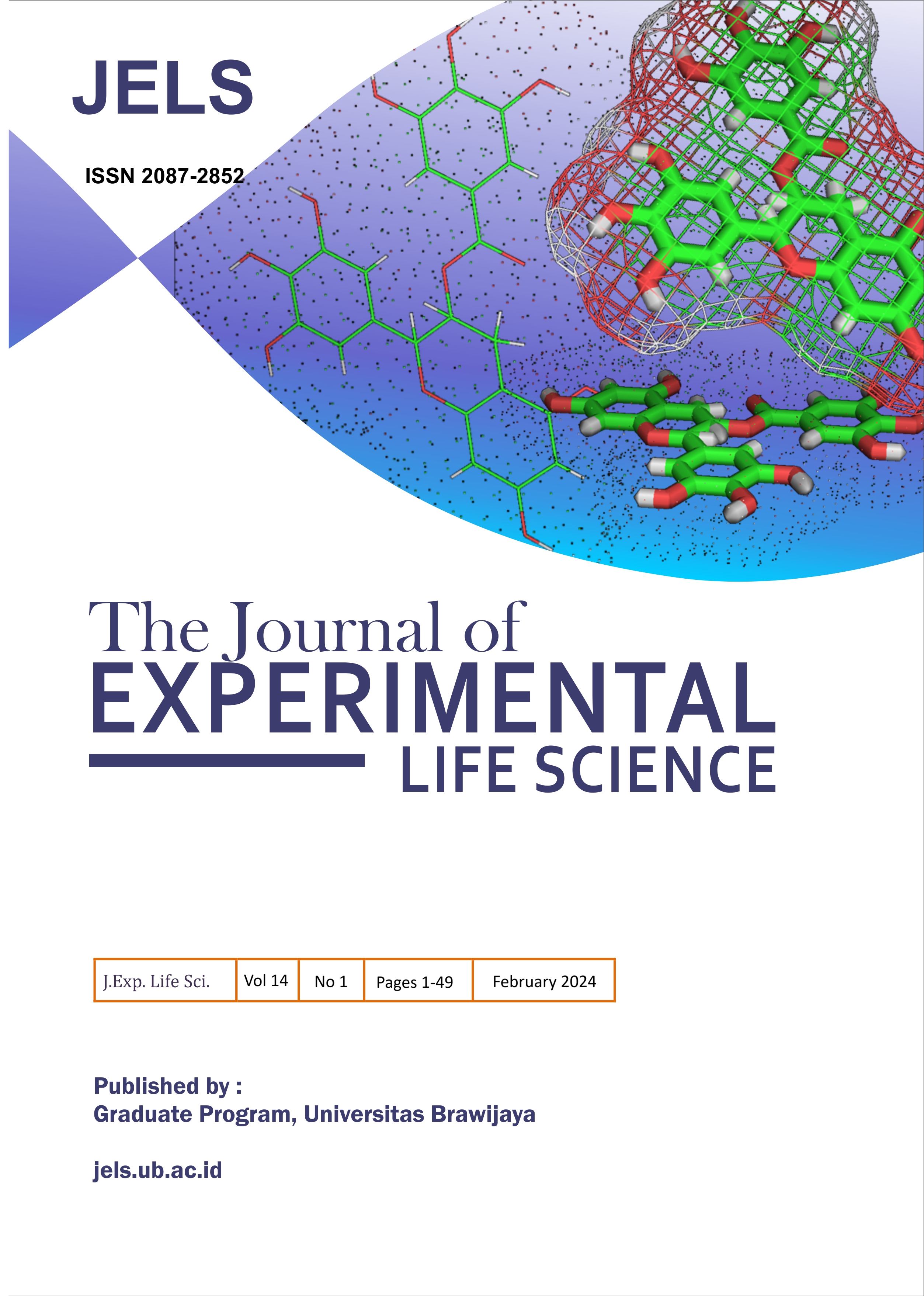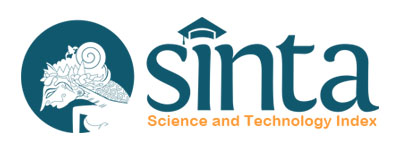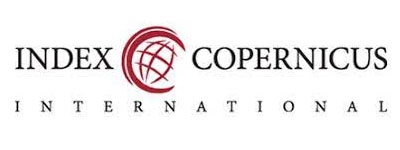Histological and Biochemical Evaluation of the Protective Potential of Ascorbate and Alpha-Tocopherol against Cypermethrin-Induced Toxicity
DOI:
https://doi.org/10.21776/ub.jels.2024.014.01.05Abstract
The unrestricted and unsystematic use of cypermethrin pesticides has detrimental effects on the organs, ranging from short-term sickness to long-term effects. The ameliorating effect of alpha-tocopherol and ascorbate was investigated singly and in combination with cypermethrin-induced oxidative stress using murine models. Additionally, the livers and kidneys of rats were histologically evaluated. Twenty-five (25) adult male Wistar rats with an average weight of 190 g were allocated randomly into five groups consisting of five rats each. Group I consists of the unexposed control rats, while rats in groups II-V were the test group exposed to cypermethrin at standard doses of 10 mg.kg-1 bw. While rats in group II were exposed and untreated, group III-V was administered with ascorbate (5000 mg.kg-1 bw), alpha-tocopherol (3000 mg.kg-1 bw), and co-administered with both vitamins at their standard doses, respectively. Regimen administration was by gavage for 28 days, and while the vitamins were administered daily, cypermethrin exposure was done twice a week. At the end of the experiment, rats were euthanized, and blood obtained via cardiac puncture was used for biochemical analysis, while the liver and kidneys excised were processed for histopathological evaluation. Results revealed elevated aspartate transferase (AST), alanine transferase (ALT), malondialdehyde (MDA), and creatinine levels. At the same time, a decrease in superoxide dismutase (SOD), glutathione peroxidase (GPx), and catalase (CAT) activities was observed in the test group (p<0.05). Additionally, treatment with ascorbate and alpha-tocopherol co-administration reversed the biochemical parameters in the exposed rats. Conclusively, ascorbate and alpha-tocopherol ameliorate oxidative damage associated with cypermethrin exposure.
Keywords: Cypermethrin, Histopathology, Pesticides, Toxicity, Vitamins.
Downloads
Published
Issue
Section
License

This work is licensed under a Creative Commons Attribution 4.0 International License.
Authors who publish with this journal agree to the following terms:- Authors retain copyright and grant the journal right of first publication with the work simultaneously licensed under a Creative Commons Attribution License that allows others to share the work with an acknowledgement of the work's authorship and initial publication in this journal.
- Authors are able to enter into separate, additional contractual arrangements for the non-exclusive distribution of the journal's published version of the work (e.g., post it to an institutional repository or publish it in a book), with an acknowledgement of its initial publication in this journal.
- Authors are permitted and encouraged to post their work online (e.g., in institutional repositories or on their website) prior to and during the submission process, as it can lead to productive exchanges, as well as earlier and greater citation of published work (See The Effect of Open Access).
















